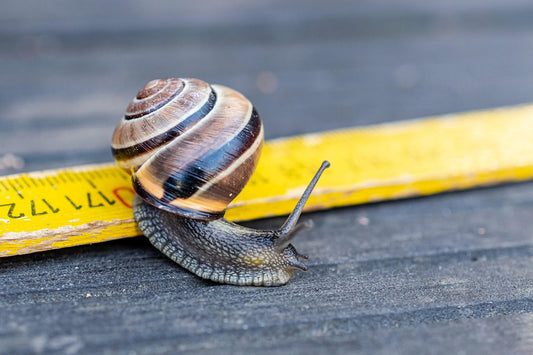We should be at the point in our subwoofer quest to kick back and enjoy our new found extra octave or two of bass - and what a great thing that is once you're in tune with it.
I wanted to touch briefly on matching the "speed" of the subwoofer with that of your main speaker. There's a lot of confusion about that - those suggesting that a pair of electrostats or planar ribbons, like I use, are much too fast and a subwoofer will always sound "behind" and sluggish compared to the quickness of a thin panel. Well, there's some truth to that but not a lot.
If you've managed to keep the top of your subwoofer from going too high in frequency, then you'll probably have a pretty good match with the bottom of your main speakers. One thing that can give us the appearance of speed and good coupling is the phase. Yup, a good subwoofer gives you the ability to move its phase between 0 degrees (in phase) and 180 degrees (out of phase) and some, like the kind we used to design, actually give you a full 360 degree phase control so you can be fully one cycle behind or completely in phase.
The best phase controls are continuously variable with a pot, but I see many of today's versions with steps like 0, 90, 180 etc. Indeed, these are certainly more effective than nothing, so we'll take what we can get.
Here's an adjustment that's small, yet very important to the final mix of sub and main panel integration. You're going to have to do this one by ear and I find for this task I like using a plucked bass instrument, preferably a standup bass for best result.
The idea is rather simple: if the phase is off too far between the bottom of the main speaker and the top of the woofer, there will be a discontinuity between the pluck of the bass and its lower frequencies - as if almost two instruments - but not quite anything that dramatic. This is subtle but quite noticeable.
What you'd like is to have the pluck of the string and the boom of the bass happen as if it were from one instrument and, by varying the phase control, you can get pretty darned close. On my subs I spent about half an hour going back and fourth to best advantage to get this just right. Once you get this dialed in, you'll have to redo it every time you move either the sub or the main speaker. But it's worth the trouble and effort.
I hope this series has been helpful to some of you. As you probably figured out by now, I am passionate about having a sound system that is truly full range and while we all have tweeters that probably go out farther than we can hear, most of us are missing the lower end.
Tomorrow we'll start on a new subject. I haven't a clue what, but then there's always tomorrow.








